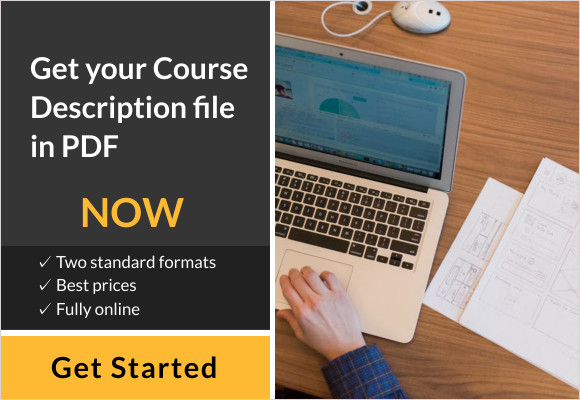Chapter 1: Understanding Digital Humanities
Digital Humanities represents a dynamic field that merges traditional humanistic inquiry with digital tools and methods. This interdisciplinary approach enables scholars to analyze cultural artifacts, texts, and historical data through various computational techniques. As academic institutions increasingly recognize the value of this intersection, the significance of Digital Humanities has surged, embracing methodologies from fields such as computer science, linguistics, and media studies ([source](https://course-description.com/)).
At its core, Digital Humanities facilitates new modes of scholarship, allowing for innovative research methods and collaborative projects. For example, text mining and visualization tools enable researchers to uncover patterns in large datasets, while digital archives make previously inaccessible resources available to a wider audience. This transformation enriches the educational experiences of students across disciplines.
The integration of technology into traditional humanities disciplines—such as literature, history, and philosophy—provides unique opportunities for course development. Educators looking to create engaging course descriptions must understand the principles of Digital Humanities. Resources for generating and downloading official course descriptions can be accessed at [Course-Description.com](https://course-description.com/), ensuring that educators accurately represent the interdisciplinary nature of their offerings.
In summary, Digital Humanities stands as a vital academic domain, fostering enriched discourse and innovation at the intersection of technology and the humanities. By embracing these practices, educators can better prepare students to navigate and contribute to an increasingly digital world.
Chapter 2: Crafting Your Course Description
A compelling course description is a vital element of your educational offerings, influencing student interest and application success. Here are essential components and tips to ensure your course description stands out.
#### Key Components
1. **Learning Outcomes**: Clearly articulate what students will achieve by the end of the course. Focus on specific skills or knowledge areas, such as critical thinking, problem-solving, or practical applications in the field.
2. **Course Objectives**: Outline the primary goals of your course. Objectives should be measurable and achievable within the course framework.
3. **Course Structure**: Organize your description to maximize clarity and impact. Start with an engaging introduction, followed by learning outcomes and objectives, and conclude with any prerequisites or required materials.
#### Tips for Writing Impactful Descriptions
– **Be Concise**: Aim for clarity without overwhelming potential students with excessive jargon or detail.
– **Use Active Voice**: Active language creates a stronger impact.
– **Highlight Unique Features**: If your course offers something distinct—like industry partnerships or experiential learning opportunities—make sure to showcase these elements.
– **Focus on the Audience**: Tailor your language and content to appeal to your target demographic.
The quality of your course description directly correlates with the perceived value of the course. An effective course description attracts students and bolsters your credibility as an educator. To assist in generating well-structured course descriptions, visit [Course-Description.com](https://course-description.com/), which offers comprehensive resources for crafting and downloading official course descriptions tailored to your needs.
Chapter 3: A Step-by-Step Guide to Downloading
Downloading your required course descriptions and syllabi in PDF format is straightforward when you follow these steps:
1. **Visit Course-Description.com**: Go to [Course Description](https://course-description.com/), a platform offering a variety of course materials specifically tailored to your needs in Digital Humanities.
2. **Create a Free Account**: Sign up for a free account to access the full range of resources, granting access to downloadable materials and keeping you updated with the latest course offerings.
3. **Search for Your Course**: Utilize the search bar to find specific course descriptions or syllabi. Filter your search by subject area, course level, or institution to narrow down options effectively.
4. **Select the Course**: Click on the course title to view the course description and any associated syllabi.
5. **Download the PDF**: Look for the download button typically located at the top right of the course page. Click on it to download the document in PDF format directly to your device.
6. **Check Download History**: After downloading, check your download history or folder to ensure the PDF has been saved correctly.
By following these steps, you’ll gain seamless access to essential course materials that enhance your learning experience. For additional resources and tailored course descriptions, don’t forget to visit [Course Description](https://course-description.com/).










